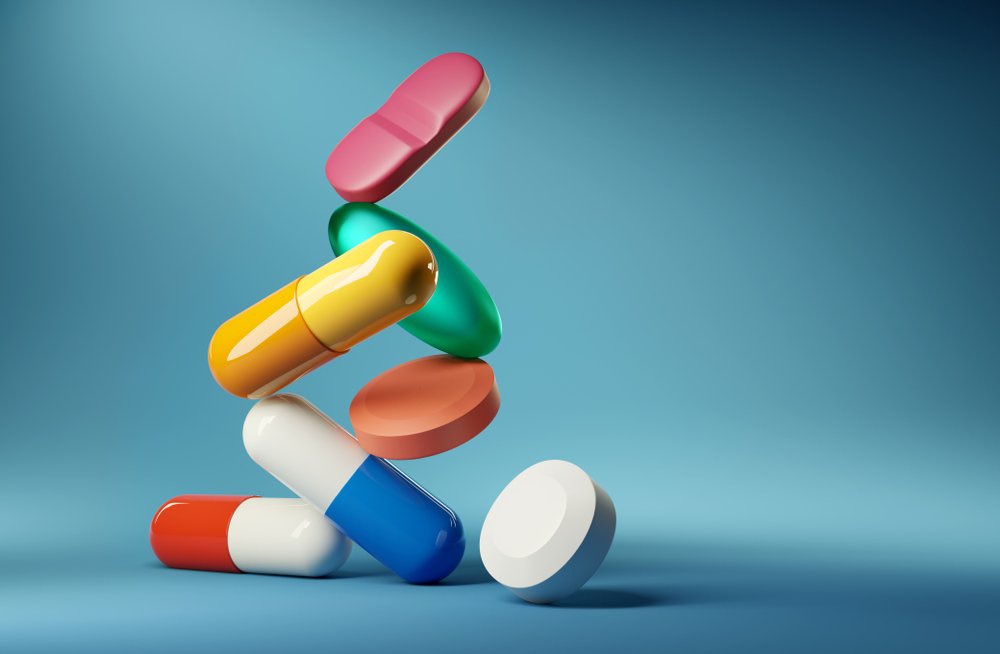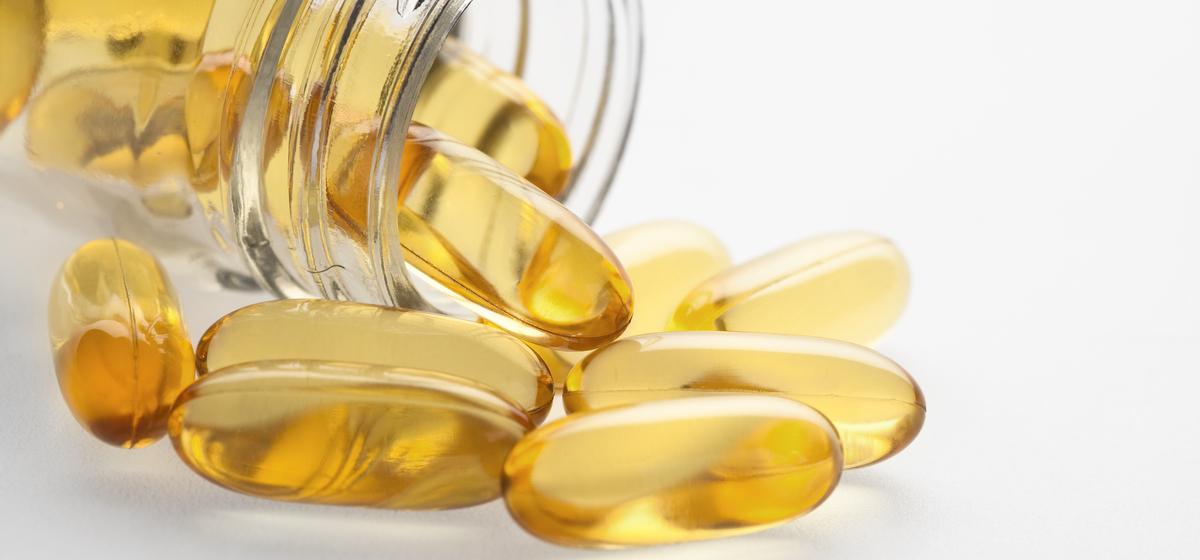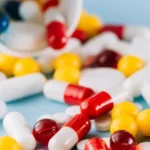PCD Full Form in Pharma With Meaning & Process– The pharmaceutical industry is very large and complicated, carrying so many different terms and abbreviations through which different business and operation aspects are defined. Among them, one such term is commonly used, especially when the context is that of the pharmaceutical marketing and distribution process – PCD. This blog post shall focus on the PCD full form in pharma, what it represents in practical terms, how the process goes about, and an insight into why it is so important for pharmaceutical companies and their partners.
What Does PCD Mean in Pharma?
PCD means Propaganda Cum Distribution in the pharma sector. Although the term “propaganda” appears to sound a bit unusual in modern business terms, it is derived from the concept of promoting and distributing pharmaceutical products to a wide audience; this is usually done through third-party partners.
In the pharmaceutical industry, PCD means a distribution model where a pharmaceutical company, known as the “franchisor”. Grants the rights to sell its products within a specific region or territory to another company, known as the “franchisee” or “distributor.” With this, the pharmaceutical company expands its network without having to operate directly in all local markets, while the distributor sells an established product with the support of a brand name.

What is PCD Pharma Process?
Now that we have identified what PCD stands for, let’s look further into the process to see how this distribution model applies in the pharmaceutical industry.
Step 1: Selection of Product
First, this would start with the choice of pharmaceutical products to be distributed by the PCD business. These products include drugs, health supplements, and many more medical supplies. These in-demand products are usually the choice of medicines by PCD distributors. Especially antibiotics, pain relievers, vitamins, and drugs for chronic diseases management.
Step 2: Signing the contract
Following product selection, the distributor then develops a formal PCD franchise agreement with the parent company. It reflects all details in terms of conditions of business deals, including rights in distribution, sales targets, area rights, and roles of both parties. The terms of the relationship and all renewing or terminating conditions are also usually decided upon mutual agreement.
Step 3: Training and Support
The PCD distributor and his employees receive training sessions from the parent pharma company. Product knowledge, sales skills, customer engagement. And regulatory guidelines which they should adhere to while promoting the products fall within the same. There could also be digital tools, sales support, and strategies given by the franchisor for the effective running of the business.
Step 4: Marketing & Promotion
Equipped with the goods, educational materials, and promotional materials. The distributor goes out into the marketplace to sell those products in its designated territory. They will call on physicians, clinics, hospitals, and pharmacies in order to develop relationships, generate sales, and promote the products. Digital marketing tools, including social media, websites, and online marketplaces, are also widely used.
Step 5: Sales & Distribution
The last step is selling products and distributing these in the assigned region to the pharmacies, hospitals, and clinics. To make a wider variety of pharmaceutical products available, PCD distributor can use wholesalers or retail pharmacies. Generally, good networking is developed by successful distributors. Because, for the constant flow of sales, customer satisfaction becomes the basis of trust.
Why is PCD Pharma Important?
PCD pharma models are very crucial to the growth and expansion of pharmaceutical companies. Especially in regions where direct presence is hard to establish. They enable companies to access far-flung markets without the overhead costs of opening branches everywhere. To the distributors, PCD presents an excellent opportunity to enter the pharmaceutical business at lower risk, secured by well-known brands and support.
Conclusion
In short, PCD in Pharma stands for Propaganda cum Distribution, which serves to be a model that helps pharmaceuticals to expand their market reach by tying up with local distributors. The process is built on providing exclusive distribution rights to third parties, backed by strong marketing and product support. This mutually beneficial arrangement allows both the parent company and the distributor to grow and succeed in the highly competitive pharmaceutical landscape. The model of PCD: If you think you want to start a PCD business or merely need some foothold to look into some channels of distribution. Then it becomes highly significant to know how this model works to survive in pharmaceutical sales and marketing.
FAQs regarding PCD full form, meaning, and process
1. What is PCD in pharma?
PCD is an abbreviation of Propaganda Cum Distribution. The different distribution rights to a third-party distributor for a particular area in exchange for providing distribution and marketing rights by a pharmaceutical company.
2. How Does a PCD Pharma Business Work?
A distributor signs an agreement with a pharma company, receives training as well as materials for promotion. And promotes the company’s products within a particular area.
3. How Much Investment Is Needed to Set Up a PCD Pharma Business?
The investment is usually very low compared with other ventures in the pharmaceutical industry. It includes the procurement of the product, marketing materials. And also a setup for a distributor, but some companies require a security deposit or even a minimum order.







 Call Us: 8062750200
Call Us: 8062750200 Contact Us
Contact Us